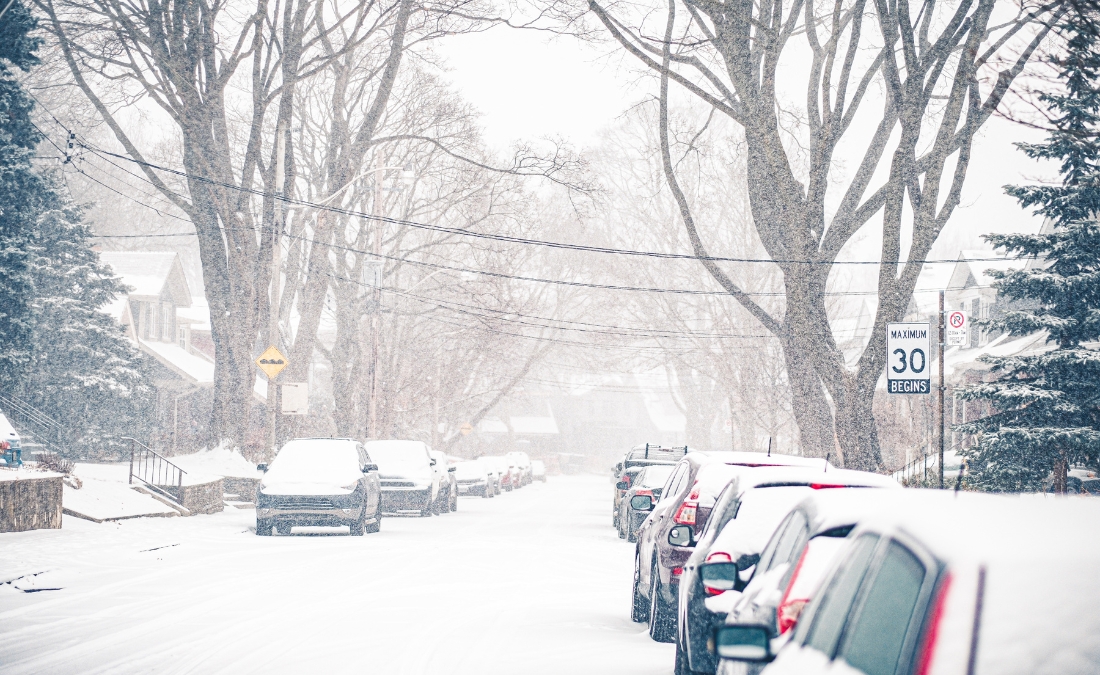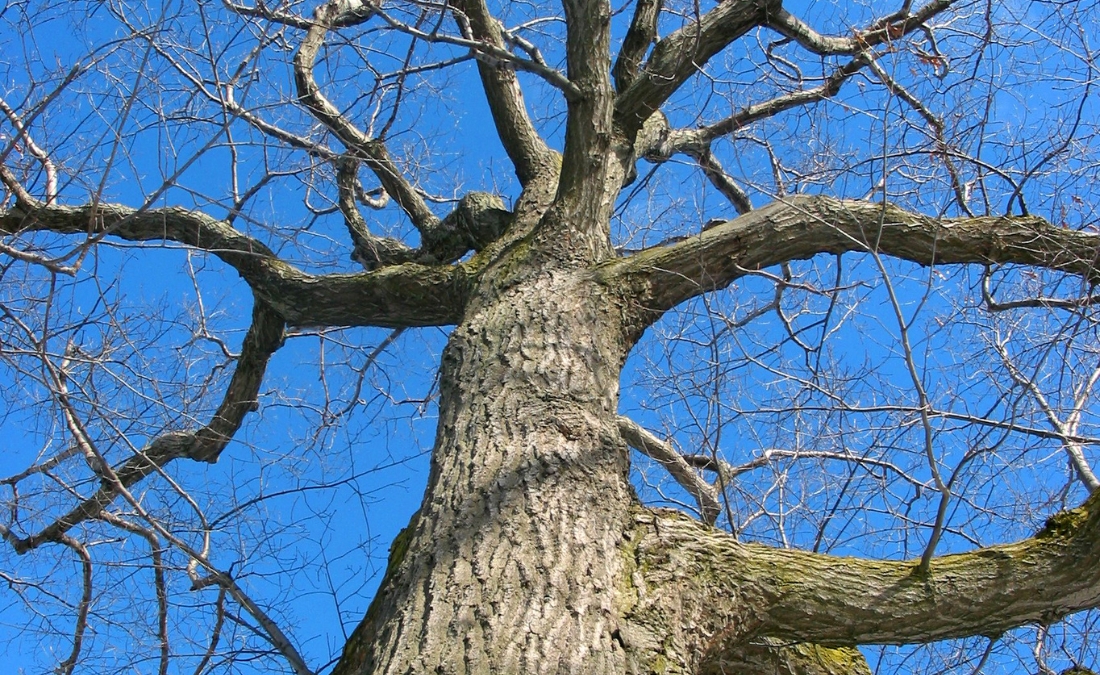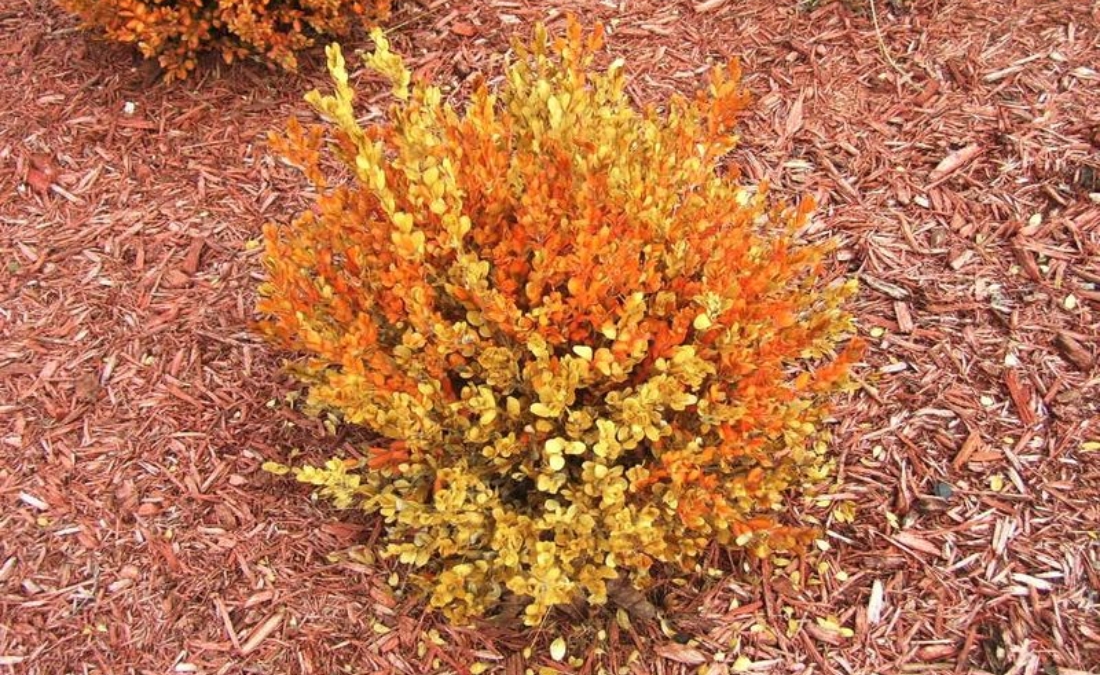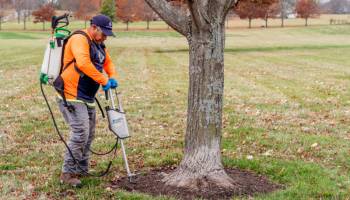Hypoxylon Canker: What Homeowners Need to Know to Protect Their Trees
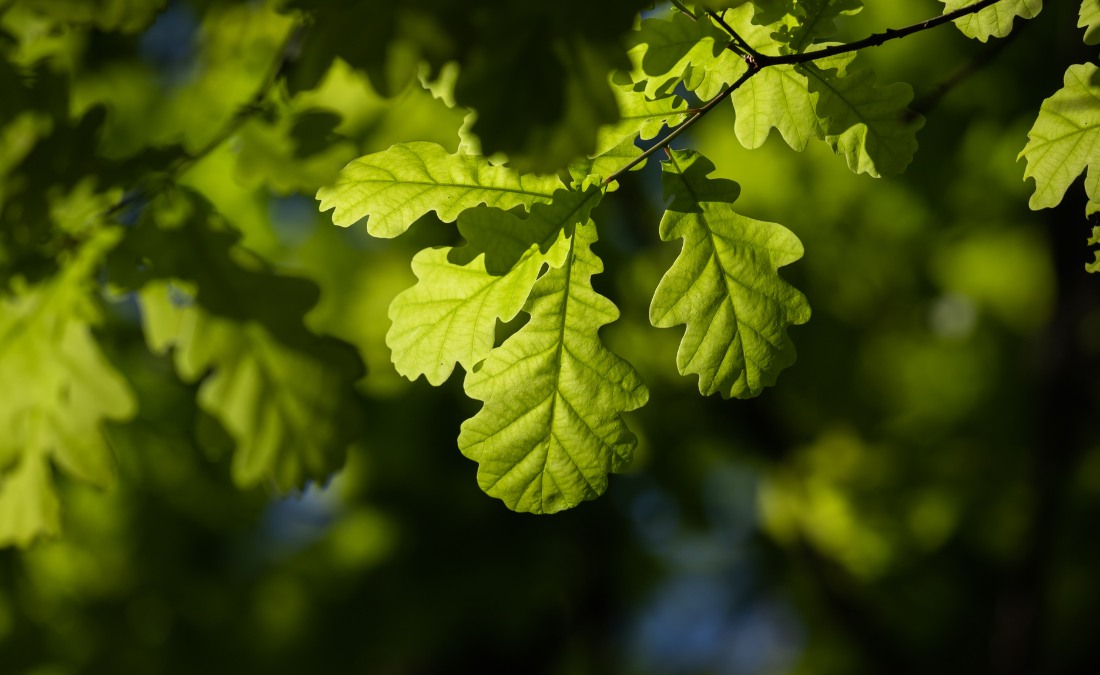
Hypoxylon canker is a serious tree disease that often goes unnoticed until it’s too late. Learn how to spot it early and protect your Midwest trees.
Beneath the bark of your oaks and other shade trees could be a fungal disease that kills them without you knowing. Worse yet, by the time you notice the symptoms on the tree’s trunk, it is almost always too late to do anything for your tree.
This disease is called hypoxylon canker, and it is a significant concern in the Midwest and Great Plains because it becomes especially agressive during hot, dry summers. Here’s what you need to know about hypoxylon canker, how it spreads, and what you can do to protect your trees.
Key Takeaways
- Hypoxylon canker is a deadly fungal disease that attacks stressed hardwood trees like oaks, maples, and hickories throughout the Midwest and Great Plains, often killing them within 1-2 years once symptoms appear.
- There’s no cure for hypoxylon canker, but if caught early and the infection is limited, there may still be a chance to save the tree.
- Early symptoms include yellowing leaves, branch dieback, and water sprouts, but the telltale sign is bark falling off to reveal brown fungal mats that turn silver and eventually black.
- Prevention focuses entirely on keeping trees stress-free through deep watering during droughts, avoiding trunk damage, mulching to reduce heat stress, and professional fertilization.
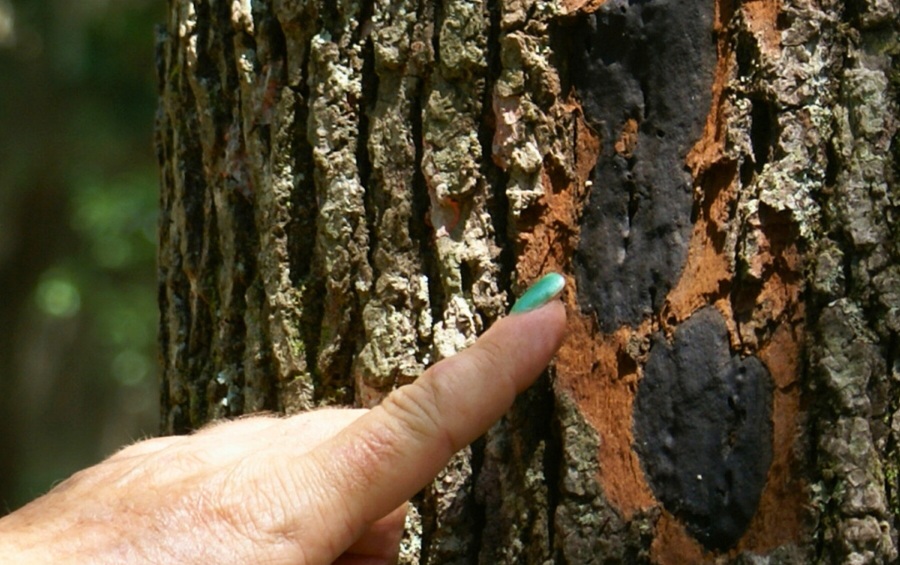
What is Hypoxylon Canker
Hypoxylon canker (sometimes called Biscogniauxia canker) doesn’t get as much attention as oak wilt, but it can be just as serious. This fast-moving fungal disease is a major threat to shade trees throughout the Midwest and Great Plains.
Once it infects a tree, the fungus spreads quietly beneath the bark. The disease starts in the upper branches and works its way down. If you catch symptoms early, a professional can save your tree.
However, by the time you notice symptoms on the trunk, the damage is usually well underway, and in many cases, it leads to tree death and costly removal.
What Trees Does Hypoxylon Canker Affect?
Hypoxylon canker affects many different hardwood species. The tree we most often associate with hypoxylon canker is oaks, but they aren’t the only trees at risk. This disease can also affect:
- Elms
- Pecans
- Hickories
- Sycamores
- Maples
- Beeches
Signs and Symptoms of Hypoxylon Canker
Identifying hypoxylon canker can be difficult, as the early symptoms often look similar to other diseases and common problems in shade trees in the Midwest. Some of the typical early symptoms of the disease include:
- Yellowing or browning leaves in the canopy
- Thinning leaves in the crown
- Dieback of branches
- Water sprouts growing on the trunk
As the disease progresses, symptoms will become more apparent. The fungus that causes hypoxylon canker will begin to loosen the tree’s bark, causing it to fall off.
Underneath, you will see a brown fungal mat. The fungal mat will turn silver as it matures, and you might mistake it for paint at first glance.
Old fungal mats will eventually turn black, making it look like your tree has singe marks.
PRO TIP: If you notice any of these signs of hypoxylon canker, call an arborist as soon as possible to get help for your tree and determine if there is anything you can do to save it.
How Hypoxylon Canker Spreads
The fungus that causes hypoxylon canker typically enters and colonizes trees through injuries or wounds from damage or pruning. The fungus will sit in the host for an indefinite amount of time before it causes any damage to the tree.
Most healthy and unstressed trees can resist this fungus and prevent it from doing damage. However, when a tree becomes stressed and its natural defenses fall, the fungus begins killing the wood and forming fungal mats. As the disease kills sapwood, it will restrict the tree’s ability to transport water and nutrients throughout and lead to further stress and damage.
The disease spreads faster when we have a hot and dry summer, as the fungi grow best at temperatures around 95 degrees.
Depending on the severity of the infection and the stress your tree is under, it can die within a year or two.
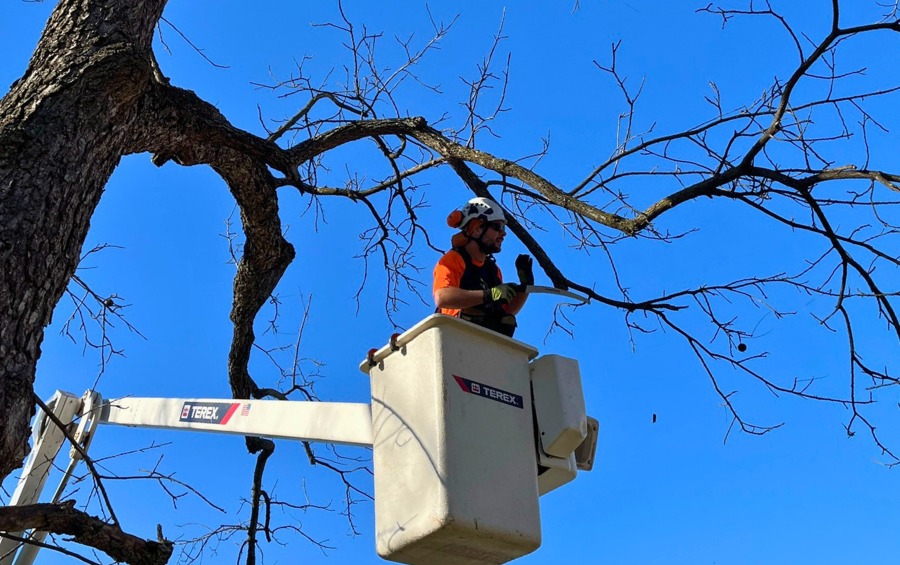
Pruning infected branches is one of the only things you can do to try and save a tree with a hypoxylon canker infection.
How to Manage and Prevent Hypoxylon Canker
With the threat the disease poses to our precious shade trees, knowing what to do to protect your trees is vital to protecting our ecosystem.
Is There a Cure for Hypoxylon Canker?
Unfortunately, at this time, there is no cure for hypoxylon canker. Once the disease has progressed enough in the tree, it will eventually die, and removal is the only option.
What to Do if Your Tree Has Hypoxylon Canker
If you catch hypoxylon canker early – before symptoms are widespread – there may still be time to save the tree.
The first step is targeted pruning to remove infected branches. In most cases, if less than 15% of the tree is affected, it has a good chance of recovering. A professional arborist can carefully prune out the infected wood and any visible cankers. After pruning, the removed material should be destroyed, not chipped into mulch. The fungus can remain active in deadwood, so burning or hauling it away is the safest option.
After pruning, it’s up to the homeowner to help the tree recover. That means keeping the tree healthy and as stress-free as possible.
WARNING: If you aren’t sure of what to do, leave the pruning to the professionals to avoid causing further damage to your trees. Improper pruning can lead to further health problems for a tree that is already struggling with a disease.
How to Prevent Hypoxylon Canker
There are no chemical treatments that are effective at preventing hypoxylon canker. Instead, prevention is about keeping trees free of stress, so they can naturally resist the disease. Some of the things we recommend doing for your trees to lower their stress during a Midwest summer include:
- Water Your Trees During a Drought: Providing deep watering to your trees during a drought considerably lowers stress and prevents the worst effects of dry conditions. Use a soaker hose or irrigation system to slowly get water throughout the drip line and deep into the soil.
- Avoid Damaging Trees: Homeowners can accidentally damage trees by scraping against them with a lawnmower or hitting the trunk with a string trimmer. Avoid causing any open wounds, as these not only stress a tree, but also allow colonization by hypoxylon canker.
- Use Mulch to Lower Heat Stress: Heat stress is deadly to trees, especially in urban areas. Mulch can help keep soil cooler and will lower the amount of water in the ground from evaporating due to the heat and direct sunlight.
- Have a Professional Fertilize Your Trees: Fertilization gives your trees a boost of nutrients. This can also act as an “immune booster” for them, giving them the energy they need to seal wounds and fight off the fungus.
Frequently Asked Questions About Hypoxylon Canker
To help you better understand the danger that diseases pose for trees in the Midwest and Great Plains, we’ve answered some common questions homeowners have.
Is hypoxylon canker the same as Biscogniauxia canker?
Yes, scientists have begun using the name biscogniauxia canker to refer to the disease, as they have classified the fungi as Biscogniauxia rather than hypoxylon. However, many still refer to it as hypoxylon canker.
Can I use wood from an infected tree as firewood?
Yes, you can burn wood from a tree that you removed that had a hypoxylon canker. It is safe to use as firewood, as the heat will destroy the fungus. However, you should use it quickly, as allowing it to sit for too long can risk the disease spreading to other trees.
Is hypoxylon canker the only tree issue I need to watch for in the Midwest?
No, hypoxylon canker isn’t the only threat. Keep an eye out for these common problems in our region:
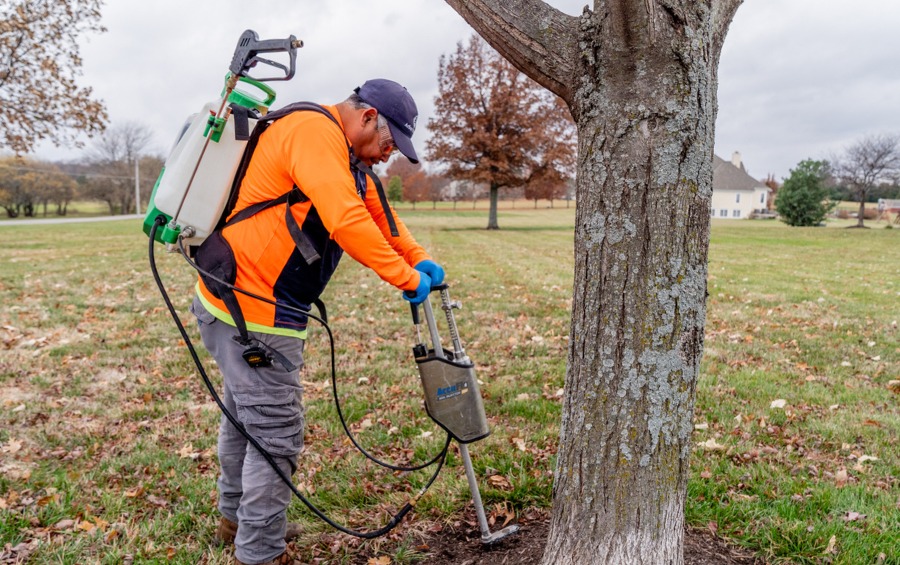
Fertilizing trees can give them the boost they need to survive a hypoxylon canker infection.
Worried About Hypoxylon Canker? Arbor Masters Is Here to Help!
If your trees seem to have a few too many unexplained dead branches this summer, don’t wait to get help. It could be the first signs of hypoxylon canker developing – and the sooner you act, the better your chances of saving the tree.
At Arbor Masters, we know what to look for and how to respond. Our team will assess your tree’s condition, identify whether hypoxylon canker is present, and recommend the best next step. Call us today at 405-495-8746 or request a quote online to protect your trees and preserve your landscape.
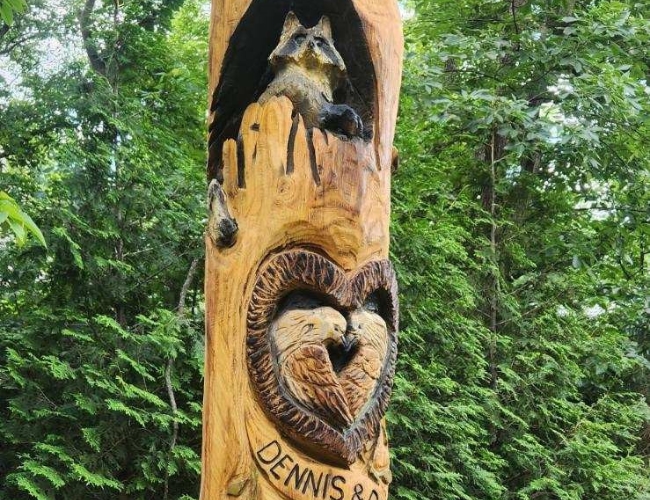
Get the latest local news, tree care tips, special offers, and company updates directly to your inbox! It's easy to subscribe and there's no spam - we promise.
"*" indicates required fields

